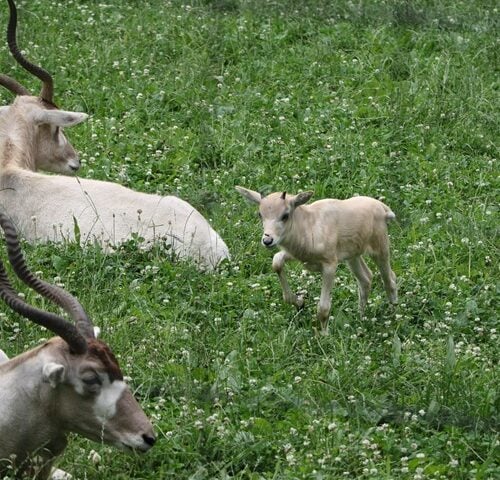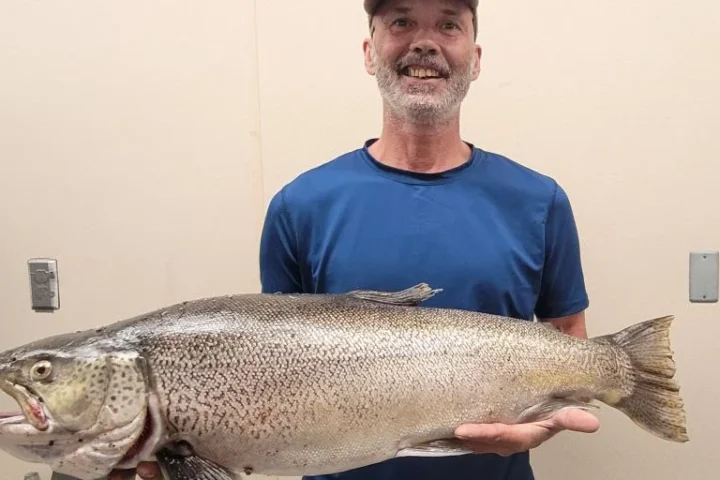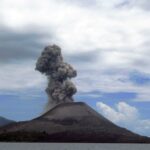In recent incidents captured on camera and shared through social media, tourists at Rocky Mountain National Park and Yellowstone National Park have been seen engaging in dangerous behavior by approaching and disturbing wildlife. These incidents serve as stark reminders of the importance of giving animals their space and respecting their boundaries.
Rocky Mountain National Park, known for its majestic elk, witnessed a gathering of tourists dangerously close to a group of bull elk. Persistent warnings from the National Park Service (NPS) were made to maintain a minimum distance of 25 yards (23 meters) from these magnificent creatures. However, onlookers were just a few feet away, risking their safety and that of the elk. The NPS advises appreciating wildlife from the safety of a vehicle or using binoculars or a long lens.
During the elk rutting season, which occurs from September to October, male elks can become particularly unpredictable. They engage in displays of dominance, clashing antlers, and bugling in the evenings. The rut is an awe-inspiring event. Hence, it must be observed with caution and respect for the animals.
Similarly, visitors to Yellowstone National Park were observed getting too close to bison, using them as photo props, and even attempting to pet them while taking selfies. Bison, despite their seemingly docile nature, are wild animals and can exhibit unpredictable behavior, especially if they feel threatened or their young are endangered.
Similar Post
The NPS consistently emphasizes the need to maintain a safe distance of 23 yards (25 meters) from elk and bison. To help visitors visualize this distance, they suggest a simple technique: hold out your arm, close one eye, and give the animal a thumbs-up. If the animal cannot be completely concealed behind your thumb, it is essential to step back.
These incidents of wildlife disturbance are not isolated cases. In the past, individuals have been gored by bison at Yellowstone when they unintentionally encroached upon the animals’ personal space. In a tragic incident last month, a newborn bison calf had to be euthanized. A well-meaning visitor’s misguided attempt to help the calf led to its separation from the herd. Despite efforts to reunite the calf, it became a danger to both people and vehicles, necessitating the difficult decision to euthanize it.
The NPS reiterates that the best way to stay safe around wildlife is to give them room to move. Feeding, touching, teasing, frightening, or intentionally disturbing wildlife not only endangers human lives but also disrupts the natural behavior and well-being of these animals. It is vital to remember that wildlife in national parks are wild and unpredictable when disturbed or surprised. By observing wildlife from a respectful distance and following the guidelines provided by the NPS, we can all enjoy unforgettable experiences while preserving the integrity of these incredible ecosystems.
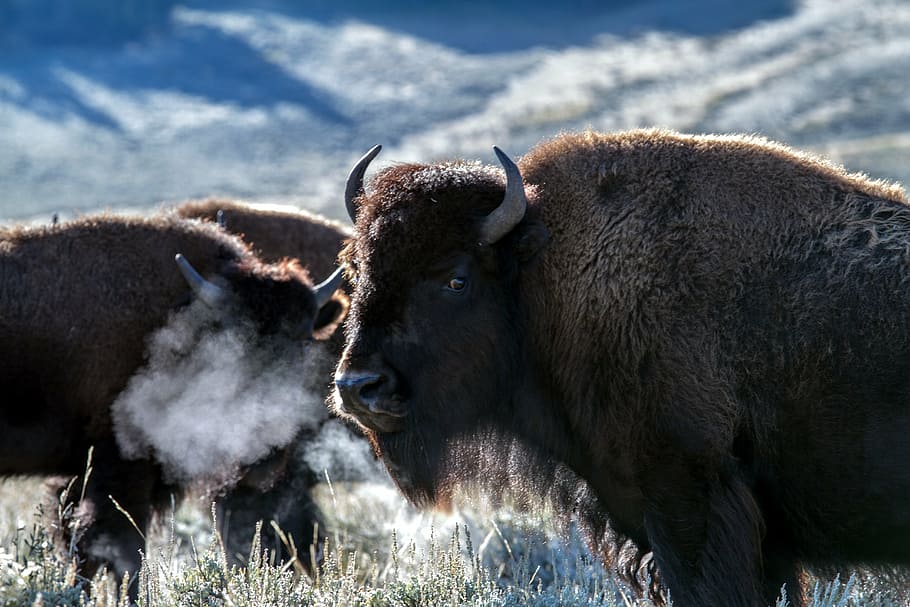
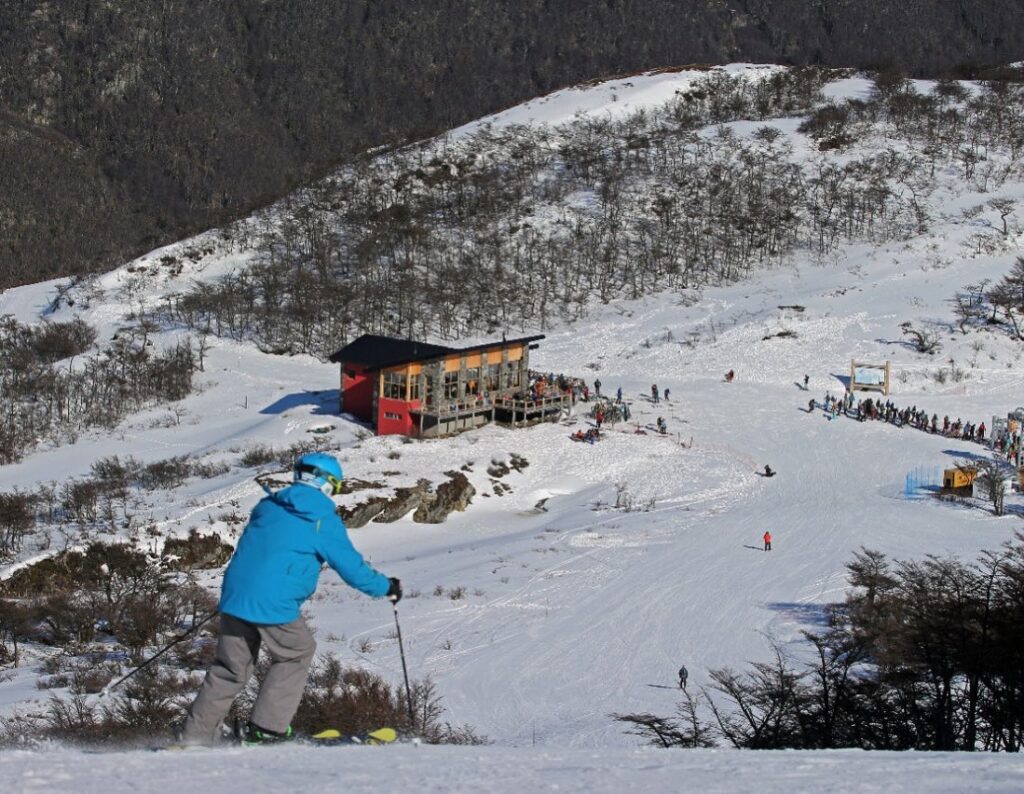
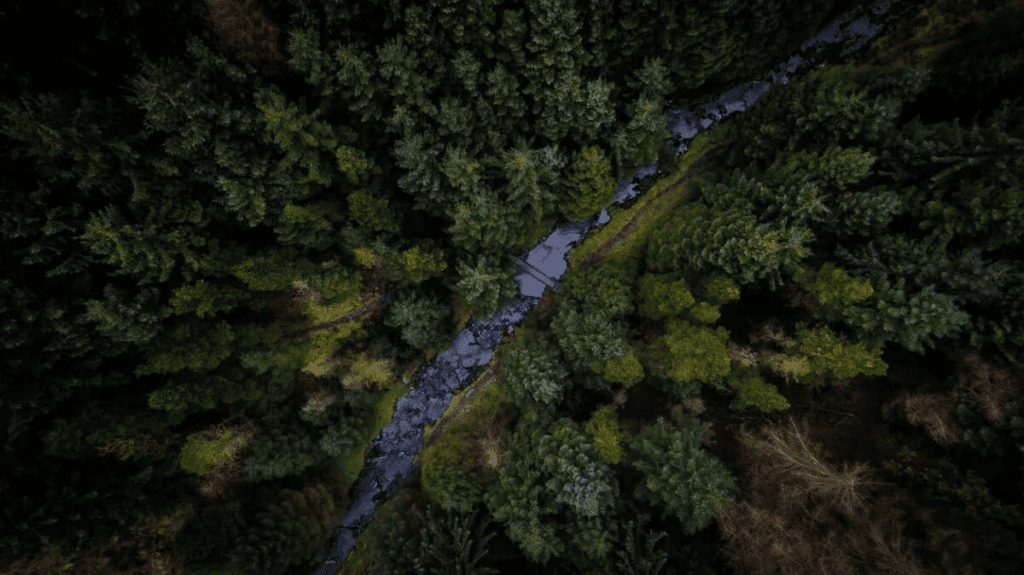










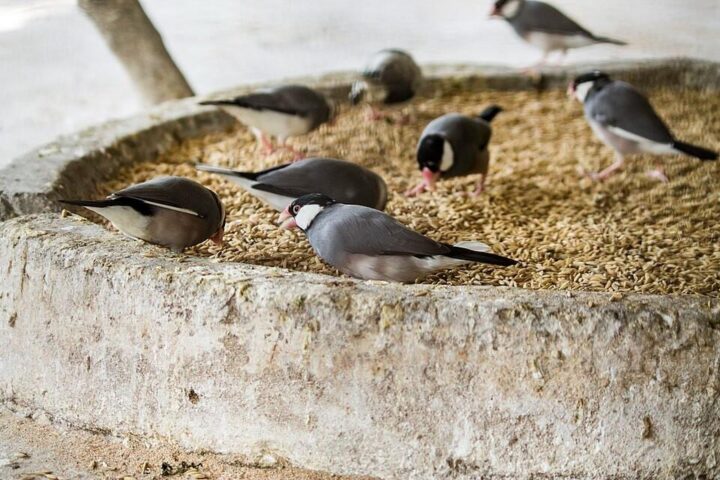

![A male [[Great white shark]] off [[Isla Guadalupe]], [[Mexico]]. Along with many [[Mackerel scad|Mackarel scads]] seen in the background. Photo Source- Terry Goss (CC BY-SA 3.0)](https://www.karmactive.com/wp-content/uploads/2025/06/White_shark-720x480.jpg)
